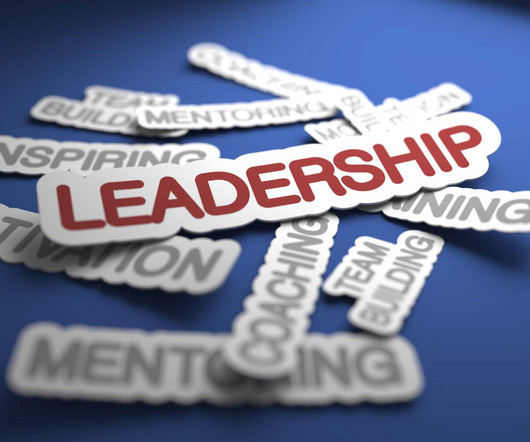The AI Advantage: Supercharge Your Design Thinking Techniques
Leapfrogging
FEBRUARY 28, 2024
As organizations strive for innovation and efficiency, AI-powered design thinking techniques have emerged to redefine traditional methodologies and enhance the creative process. AI-powered design thinking is the incorporation of artificial intelligence into the design thinking process to improve and streamline each phase.
























Let's personalize your content